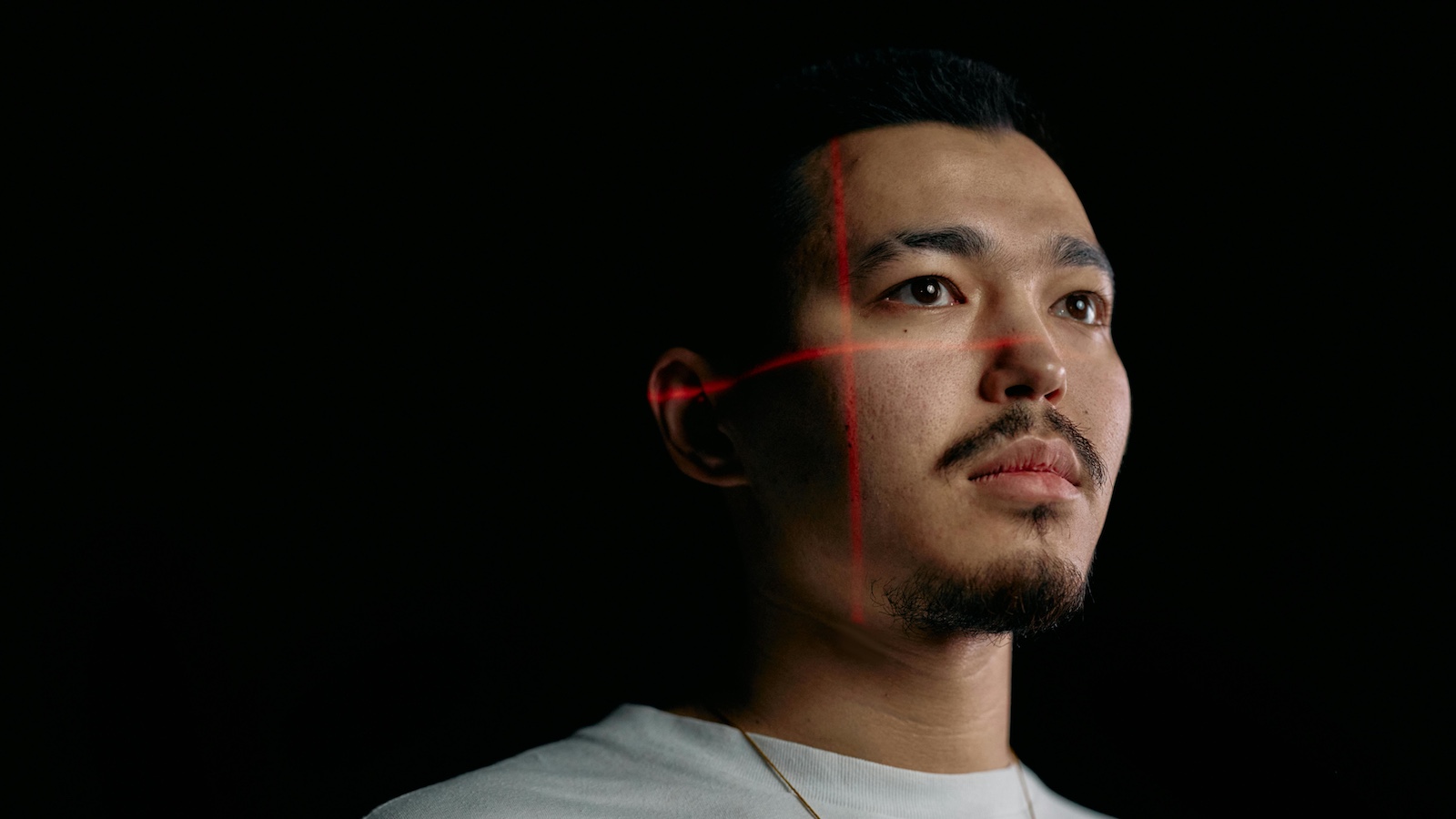The inanimate world around us is coming alive, powered by smart things and AI. It is difficult to name an object for which there is not a smart version.
Garage doors, thermostats, doorbells, appliances? Check.
Shoes, belts, hats, shirts? Check.
Cars, trucks, boats, drones? Check.
Just about anything you can imagine, and some bizarre things that would probably never cross your mind, have smart versions that connect to the internet and can be controlled by mobile apps or even take action on their own. The potential is great, and the implications for insurance are many. But one thing about smart things that has a mixed record so far is how humans communicate with them. In some cases, the customer experience is well-thought-out and will contribute to adoption. In other cases, the experience is downright awful.
Without naming specific companies, here are a few examples of good and bad experiences with smart things.
- Smart TVs: I am starting here because some of these are terribly frustrating. Many require interaction via remote control devices, pop-up keyboards on the TV screen and the down-down-over-over-over maneuvering on the keyboard for EACH LETTER. It reminds me of the early texting days with triple taps.
- Smart tags: Small devices that attach to keys, slide into wallets or get packed into suitcases are widely available. I’ve tried many of these devices and have discovered that some are simple, fast and easy to install and use, while others are a nightmare. One device I ordered was extremely hard just to get out of the package! Another one required you to slide it open to install a battery, but I almost gave up trying to pry it open. Alternatively, I have some that I use that took me less than a minute to set up, and they just work.
- Telematics devices: There seems to be a migration away from dongles, which is a good thing. In some cars, you have to be a contortionist to get your body into position to plug the dongle into the OBD port. Mobile-app-based telematics are easier to set up, and the user interfaces are usually modern.
- Wearables: I’ve had three different fitness wearables. Generally, the experience is good, although sometimes the data entry to set up a profile and do regular logging gets tedious.
- Vehicle information/entertainment systems: The ability to initiate a phone call or change the radio station with a voice command is great – when it works. There are some commands that are just never interpreted correctly, or never interpreted at all.
I could continue with examples of smart home devices, virtual reality/augmented reality headsets and glasses and other smart objects. Many of you can relate from your own experiences: some are slick, easy and fun – and others tedious and frustrating. There are several lessons here that insurers should keep in mind in any venture where they are providing or leveraging smart devices to policyholders.
- Recognize that customer experience goes beyond the mobile app. The ordering, shipping, opening the box and reading the initial instruction booklet are all part of the experience. Some insurers discovered how important this can be after sending out dongles for telematics devices.
- Make sure it works! I have returned more than one smart item, including a bathroom scale that was supposed to synch with a fitness wearable that never worked, even after several calls to tech support. It is the ultimate poor customer experience when something does not work as advertised.
- Resist the urge to collect too much information. Especially during set-up, just collect what is minimally required to get it going, not extra information that you desire for marketing and other purposes. When an individual buys a smart device, he is anxious to get it up and running.
- Ensure that tech support is accessible. “Fill out this form, and we will contact you within the next 48 hours” is not a good way to go. Most people are excited about their new device and don’t want to wait this long for a response. At the very least, provide a live chat session.
The connected world of smart things is exciting and offers many possible ways to enrich our daily lives, improve business operations and make the world safer. The functionality of a smart device is very important. But don’t forget that the customer experience will play a large role in the adoption of smart things.








